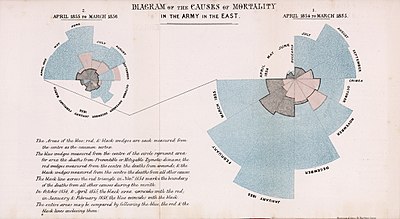Zymotic disease

Zymotic disease was a 19th-century medical term for acute
Zyme or microzyme was the name of the organism presumed to be the cause of the disease.
As originally employed by William Farr, of the British Registrar-General's department, the term included the diseases which were "epidemic, endemic and contagious," and were regarded as owing their origin to the presence of a morbific principle in the system, acting in a manner analogous to, although not identical with, the process of fermentation.[2]
In the late 19th century, Antoine Béchamp proposed that tiny organisms he termed microzymas, and not cells, are the fundamental building block of life. Béchamp claimed these microzymas are present in all things—animal, vegetable, and mineral—whether living or dead. Microzymas coalesce to form blood clots and bacteria. Depending upon the condition of the host, microzymas assume various forms. In a diseased body, the microzymas become pathological bacteria and viruses. In a healthy body, microzymas form healthy cells. When a plant or animal dies, the microzymas live on. His ideas did not gain acceptance.[3]
The word zymotic comes from the
Robert Newstead (1859–1947) used this term in a 1908 publication in the Annals of Tropical Medicine and Parasitology, to describe the contribution of house flies (
In her Diagram of the causes of mortality in the army in the East, Florence Nightingale depicts
The blue wedges measured from the centre of the circle represent area for area the deaths from Preventible or Mitigable Zymotic diseases; the red wedges measured from the centre the deaths from wounds, & the black wedges measured from the centre the deaths from all other causes.
References
- ^ Kennedy, Evor (1869). Hospitalism and Zymotic Disease (2nd ed.). London: Longmans, Green, and Co.
- ^ a b c Chisholm, Hugh, ed. (1911). . Encyclopædia Britannica (11th ed.). Cambridge University Press.
- ISBN 0-8147-3561-4.
- ISBN 978-0-7190-0809-2. Retrieved 23 June 2013.
- ^ Scientific American, "Zymotic Disease". Munn & Company. 1877-07-07. p. 5.
